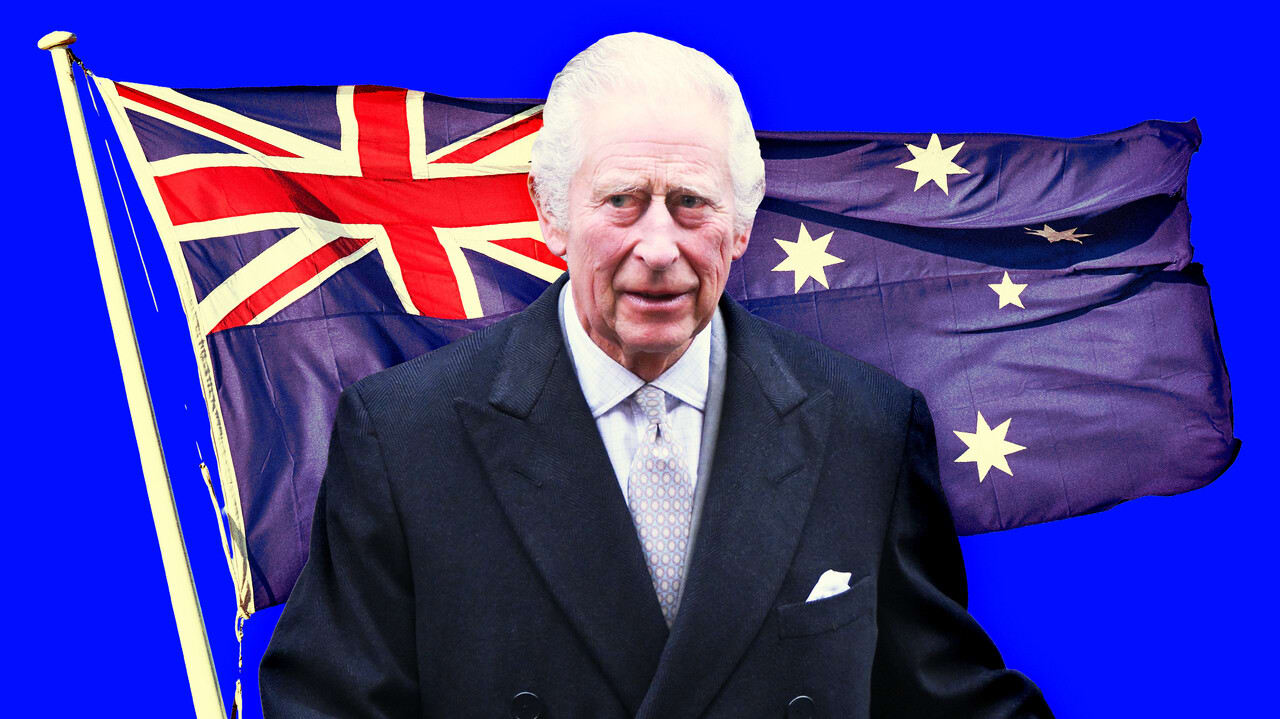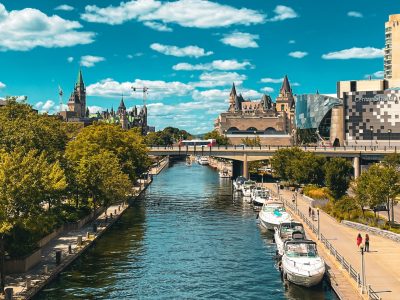Next week, King Charles III will set off on a royal tour of Australia, which earlier this year many doubted would ever happen.
In February, when the king was diagnosed with cancer, and made the unprecedented decision to announce his condition to the world, prompting his son, Prince Harry, to fly home from California at a moment’s notice and civil servants to update their funeral planning, there were few who really believed that, just eight months later, he would be able to fly around the world, undertake a series of public royal engagements, and go on to preside over his first gathering of the Commonwealth Heads of Government Meeting (CHOGM) as head of the Commonwealth, in Samoa.
Although an add-on trip to New Zealand was canceled over the summer, and the king’s advisers have said the nature of his engagements has been “modified,” there is little doubt that when Charles climbs the steps of the British Airways jet taking him to the Antipodes in time for the tour to kick off on Friday, it will represent a great triumph of hope, duty—and medical science.
However, Charles and his aides know full well that the king’s health will be under microscopic scrutiny as never before for the week of engagements traveling around Australia that ensues.
There is always a risk that foreign trips can go off-piste because the palace have to rely on outside agencies for security and cannot control the media in the same way as they can at home. From Kate Middleton being snapped sunbathing topless on holiday in the south of France to the death of Princess Diana in Paris, variables are harder to control when the royals leave their domain, whether on official business or not.
It’s a risk this time, too. As one former royal staffer told The Daily Beast: “The royal rota [the accredited pack of British royal correspondents traveling with the king] aren’t too much of a problem—they aren’t going to say anything controversial about Charles’ health unless he literally falls down dead in the street.
“But the Australian media aren’t operating under the same kind of restrictions. If anything goes wrong on the tour—from a bad trip or fall to a canceled engagement or God forbid, an early exit—they will go to town on it, and the British omertà will probably then evaporate in its wake.”
The decision to travel to Australia is, in some senses, a gamble, the former courtier says: “It’s all about proving he isn’t dying, to be blunt. The problem is that if anything goes wrong, people will leap to the opposite conclusion. It’s make-or-break for Charles, I think.”
The gamble is also, arguably, an unnecessary one. Charles obviously wants to do it—it will be his first trip to a foreign British ‘realm’, the official term for a foreign country which counts him as head of state—but that does not necessarily mean it is wise. The 30,000-mile round trip could have been shelved without a breath of criticism earlier this year. The king’s wife, Queen Camilla, is among those who are believed to have urged the 75-year-old king to think twice about a long-haul voyage and a grueling schedule of meet-and-greets.

King Charles and Queen Camilla appear in Buckingham Palace Gardens the day after their 19th wedding anniversary, in London, Britain, April 10, 2024.
Millie Pilkington/Buckingham Palace/Handout via Reuters
This week, the Daily Beast revealed that Camilla is relieved that Charles is not attending the COP climate summit in Baku, Azerbaijan, on Nov. 11. An official source at Buckingham Palace implied to the Daily Beast that making the trip would be too much for Charles, given that he will only have “recently” returned from Oceania.
Also this week, it was revealed that Charles is to “pause” his cancer treatment for the 11-day door-to-door duration of the Australian tour. It was an odd thing for Charles’ team to choose to confirm to the Daily Mail, given that it probably came as a surprise to most people to be reminded that Charles is still having weekly treatments for the disease at all.
As Princess Kate said when she announced that she had cancer, the treatment for cancer results in good days and bad days. No doubt the fervent hope among Charles’ staff is that the 11-day pause in treatment will lead to more of the former than the latter while Charles is away.
The palace are clearly confident. As Duncan Larcombe, the veteran royal correspondent and former royal editor of British tabloid The Sun, told the Daily Beast, Charles hasn’t had any “Joe Biden” moments and there is no reason to doubt Charles’ team’s assumption; he can do this.
“Wrapping everything up in mystery creates a vacuum that can all too easily get filled with conspiracy theories, as we saw with Kate earlier this year.”
— Duncan Larcombe
But, as Larcombe says: “If a wobbly moment did happen, then the tour could backfire spectacularly. It is of course a risk that applies to his general diary, but that is exactly why, when it comes to domestic engagements, nothing is being announced until the last minute. You can’t do that on a foreign tour.
“My personal opinion is that having said he has cancer, they have made a rod for their own back by not telling us exactly what kind of cancer he has and how serious it is. Wrapping everything up in mystery creates a vacuum that can all too easily get filled with conspiracy theories, as we saw with Kate earlier this year.”
The king’s team are probably also aware that while sympathy for the king is high, concerns about the ongoing involvement of the monarchy in Australian life might be fueled if the king appears weak or unsteady at any point.
Graham Smith, the CEO of Republic, a British anti-monarchy pressure group, will be in Australia for the tour, seeking to raise awareness of the existence of the anti-royal movement in the U.K.
Smith said: “We want to question the idea that he’s representing us. Our message to the Australian audience is: Don’t believe for a minute that the U.K. is a nation of royalists. People are interested to know that we’re doing stuff on this issue, and they want to hear from us.”
Smith says interest in Australia, ahead of the trip, is low, with people “barely aware the king is even coming.”
He adds: “One journalist told me they didn’t think that the Australians will be all that interested in a couple of old pensioners wandering around Canberra for half an hour, which, I think, catches the mood.”

King Charles III visits Aberdeen Town House to meet families who have settled in Aberdeen from Afghanistan, Syria and Ukraine, in Aberdeen, Scotland, Britain October 17, 2022.
Jane Barlow/Pool via Reuters
He argues that questions and concerns around Charles’ health make it clear why the anachronistic system should be dispensed with, saying: “If you were the president or prime minister, and you were diagnosed with cancer, you would resign and someone else would take the job on. The suggestion that it is totally unreasonable to expect him to step down and let someone else do it makes a mockery of the role.
“There is something significantly dysfunctional about an institution that demands this kind of spin around someone’s health. They’re so determined to maintain the mythology around this family that they have to bend reality in order to make it fit the situation. He should step down, and while it’s not central to our argument as republicans, it’s yet another illustration of the absurdity of having a hereditary head of state.”
The concerns about King Charles’ health also run deep in the corridors of power. Indeed, there are many who fear that by announcing he had cancer in the first place, Charles has set the clock ticking on William’s coronation. If Charles really is holding the disease back, and wants to reassert his own authority and presence, then a solid, incident-free week in Australia will be a critical part of that task.










